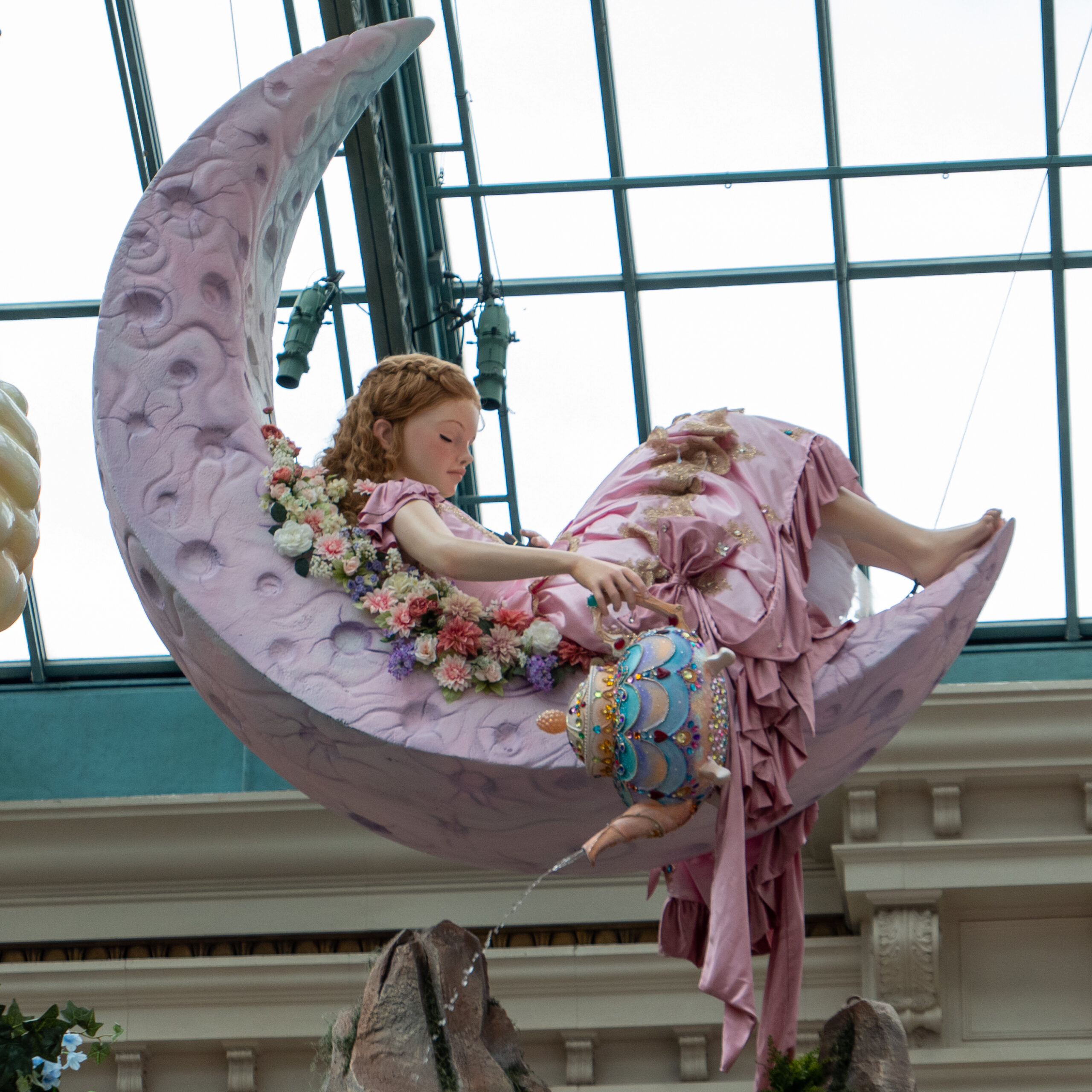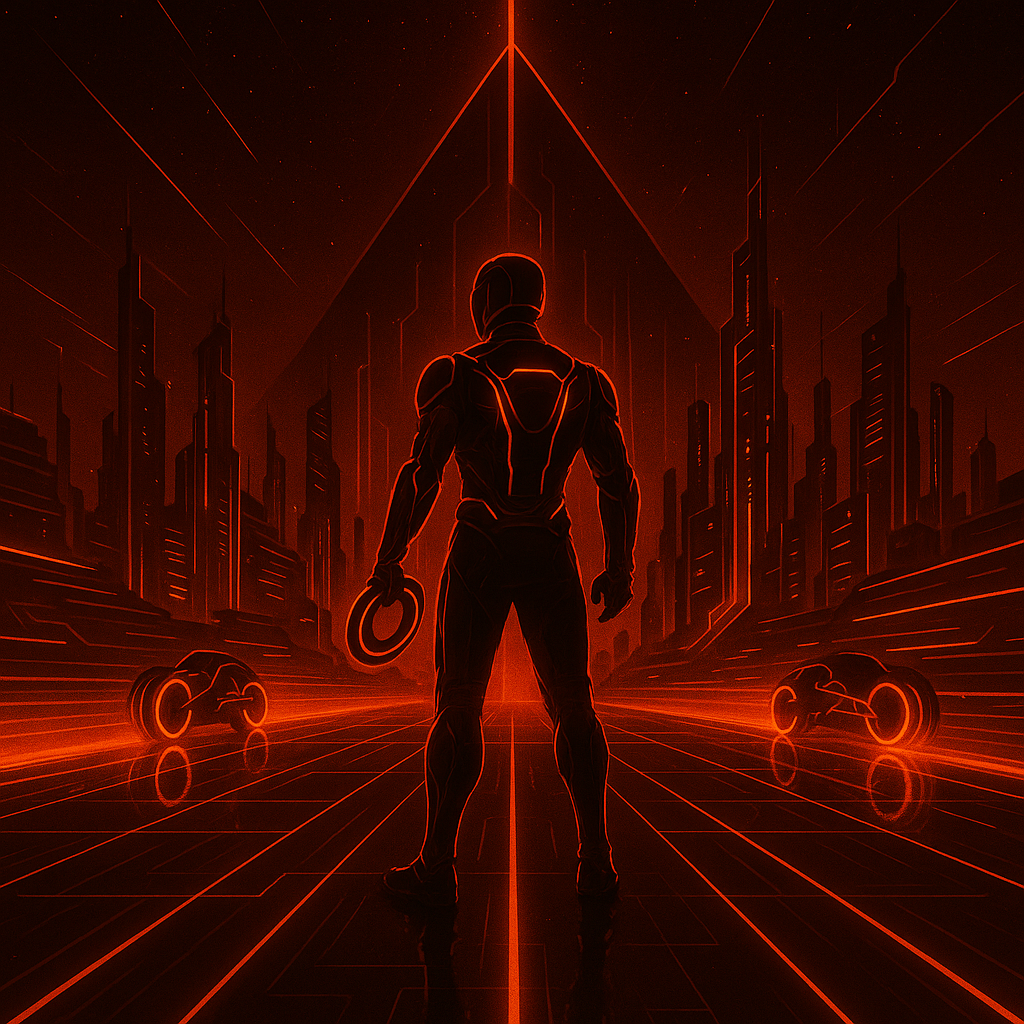I feel the need… the need for a 1-inch camera
We recently booked a concert in Las Vegas where Interchangeable Lens Cameras (ILC) were not allowed. At first I thought maybe I could get away with my Olympus PEN E-P7, but I decided not to risk it. I ran into this issue at the Dallas Mavericks game last year where my GX85 wasn’t allowed. This concert did allow point-and-shoots which I wasn’t interested in… until a week before the concert! I figured it’s better to capture some good-quality images, rather than just use my phone. So thus began my last-minute research.
The cameras that I came across were the Sony RX100 VII, Panasonic ZS200 and the Panasonic LX-10. At the time of my research, a pre-owned Panasonic LX-10 is around $500, a new Panasonic ZS200 is $740, and a new Sony RX100 VII is nearly $1400 (prices are after tax).
| Camera Model | Panasonic LX-10 | Panasonic ZS200 | Sony RX100 VII |
| Price (in May 2024) | $500 (used) | $740 (new) / $600 (used) | $1400 (new) |
| Zoom Range (FF equiv) | 24 – 70mm | 24 – 360mm | 24 – 200mm |
| Aperture Range | f/1.4 – f/2.8 | f/3.3 – f/6.4 | f/2.8 – f/4.5 |
| Date Released | September 2016 | May 2018 | July 2019 |
The RX100 was first on the list, but I couldn’t see myself paying that much for a non-primary camera. At the time of this post (May 2024) a refurbished, full-frame Canon RP is $630. So you can see my hesitation with paying $1400 for a 1-inch sensor camera. The RX100 was eliminated from the list due to its cost.
Next, I explored the idea of a ZS200 due to the focal range and price, but I had a difficult time finding it used. Due to the time and budget constraints, I decided to go with the Panasonic LX-10 from KEH.
With 2-day shipping, the camera arrived the day before our trip to Las Vegas. I took some photos around the neighborhood to get familiar with the camera.

Around the neighborhood (Panasonic LX-10 sample photos)
Now these are random shots around the neighborhood. Not my best work by any means. The goal was to gain confidence using the camera… and after a few hours with it, I felt more comfortable with it.









I was pleased with the images and the colors were similar to the GX-85 and GX-9. Now let’s go to Las Vegas!
Shots from Las Vegas (Panasonic LX-10 sample photos)
As soon as we got off the plane in Vegas, I took out my LX-10. You never know when a photo opportunity awaits! Here are some selected photos from the Las Vegas trip, all taken on the Panasonic LX-10 with minimal processing.
Unfortunately, the night before the concert, we got word that it was cancelled due to bad weather. So there’s no concert photos here. That was the main reason I purchased this camera – bummer!










What I liked about the Panasonic LX-10
- The Leica lens is great. I got many sharp photos.
- The maximum aperture of f/1.4 is helpful on a 1-inch camera that can struggle in low-light situations.
- The menu system and the familiar Panasonic menus made it easy to navigate through settings. Even though it was released in 2016, Panasonic has had a great menu system for years.
- It’s small! I bought a small USA Gear case with a belt loop and that’s where my LX-10 resided when I walked around the Las Vegas strip. The convenience of not having to change lenses and having the camera readily available is a huge advantage.
- It’s better than using my phone due to the zoom and exposure controls.
- It allows RAW photos which gives more flexibility in editing.
- Dedicated macro AF setting.
What I didn’t like about the Panasonic LX-10
- It has two functional ring wheels: one for maximum aperture setting while the other is customizable. The size of the customizable outer ring isn’t practical and I’d accidentally rotate it when adjusting the aperture. After bumping the outer ring several times, I eventually disabled it. If you have an LX-10 or other cameras with this outer ring, please let me know how you use it!
- The screen only flips up. It doesn’t flip down! Why did they design it this way?
- No dedicated ISO button. Instead, you have to customize one of the existing buttons for ISO.
- The aperture ring has two extended areas you can use to rotate the ring. I didn’t find this very comfortable and wished it was easier to rotate.
Summary
They say the best camera is the one you have on you and LX-10’s small-size ensures you can keep this camera with you, yielding more photo opportunities. Despite minor drawbacks like the cumbersome ring dials and lack of a dedicated ISO button, the LX-10 proves to be a reliable companion for capturing spontaneous moments with its fast aperture and RAW capability. Recommended for those seeking a portable camera with excellent image quality and a wide range of shooting options, particularly suited for street photography, close-ups, and scenic landscapes. If you prioritize portability and image quality in a compact package, the Panasonic LX-10 won’t disappoint.
If you’re wanting to use this camera on subjects far away, consider the ZS200’s 360mm or the RX100 VII’s 200mm. The LX-10 seems to be aimed at street, macro, and landscape photography.
If you’d like to see more Las Vegas photos, you can see the full gallery on my Amazon Photos page. Cameras used were the Panasonic GX9, Olympus E-P7, and the Panasonic LX-10. I didn’t spend a lot of time processing, as I edited the images quickly on the return flight back home. Cheers!
Questions and comments
Do you have a question about this camera? Do you have this camera? Let me know in the comments below.


Zapewne mógłby być tanią alternatywą dla GRIII ale czy lepszym będzie GX9 albo np. OM5 do Street Photo. Czy brak wizjera nie przeszkadza?
Hi – thanks for the comment. The lack of the EVF is done to make it more portable. For the type of photography that I used it for, it didn’t bother me. I used it like an EDC and carrying it in a small pouch attached to my belt. It’s a great walk-around camera. Will it affect you – not sure – that is only something you can decide. In the end, it’s a fantastic camera that can produce good results. The type and quality of results is up to you.
I usual manual focus mostly so I use the barrel ring to fine tune focus
Very interesting. Thanks for commenting!